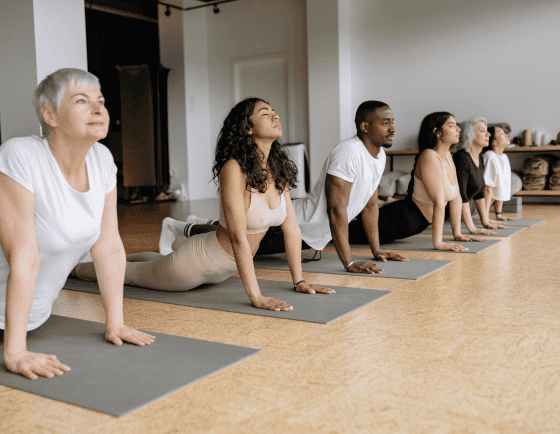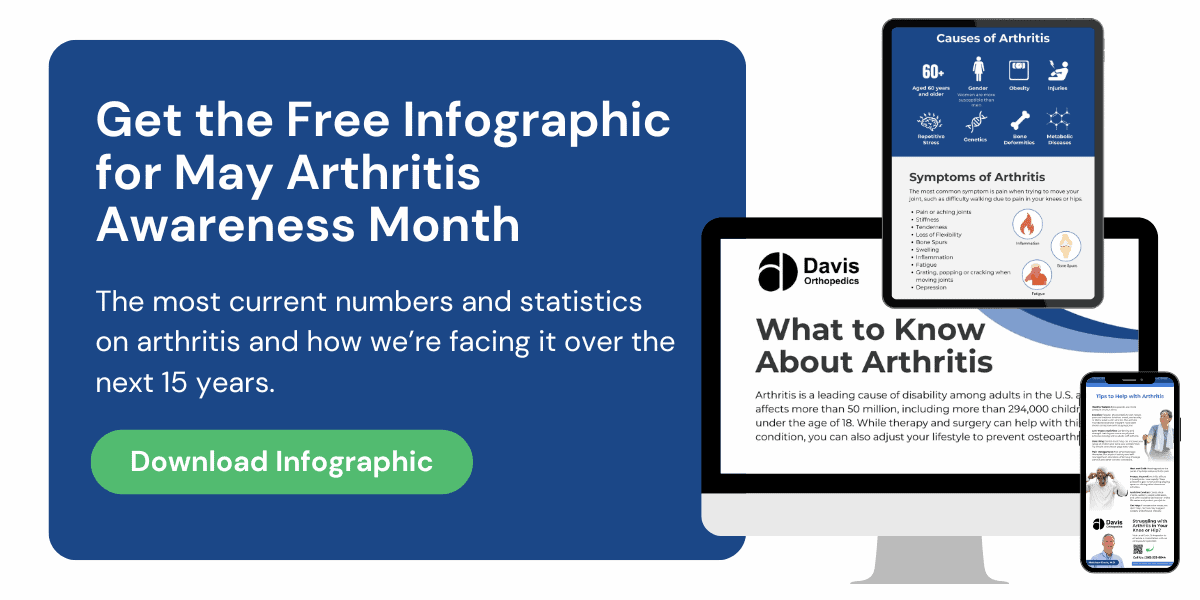The Pain of Arthritis?
Knee arthritis can be frustrating—especially when you’re trying to stay active. You may have started with over-the-counter pain relievers like ibuprofen or naproxen, only to find they’re no longer cutting it.
So what happens next? Does it mean surgery is the only option?
Not necessarily. There are several strategies that can help you stay mobile and reduce pain, even when NSAIDs aren’t enough.
What Is Degenerative Knee Arthritis?
Also known as osteoarthritis, it’s the most common form of arthritis and occurs when the cartilage in your knee gradually wears away. This leads to:
Pain with activity (and sometimes at rest)
Stiffness, especially in the morning
Swelling and inflammation
Decreased ability to walk, climb stairs, or stay active
The key to managing arthritis isn’t just treating pain—it’s about protecting joint health, improving function, and staying active without causing further damage.
What to Do When NSAIDs Stop Working
 If you’re finding that anti-inflammatory medications alone aren’t keeping up with your symptoms, here are other evidence-based strategies we often recommend:
If you’re finding that anti-inflammatory medications alone aren’t keeping up with your symptoms, here are other evidence-based strategies we often recommend:
1. Physical Therapy & Targeted Exercise
The right kind of movement can actually reduce pain and stiffness. Physical therapy helps you:
✅ Strengthen the muscles that support your knee
✅ Improve joint alignment and stability
✅ Increase flexibility and balance
✅ Learn how to move with your knee—not against it
A structured home exercise plan is often just as effective as in-office therapy, as long as you stick with it consistently.
2. Injections for Pain Relief
When oral medications fall short, certain injections can provide longer-lasting relief.
Options include:
Corticosteroid injections – help reduce inflammation and swelling
Viscosupplementation (gel injections) – lubricate the joint to improve comfort and mobility
Platelet-Rich Plasma (PRP) – may support tissue healing and reduce pain for some patients
Each option has its place depending on the stage of arthritis, activity level, and your overall health.
3. Bracing & Assistive Devices
Knee braces or sleeves can help support the joint during movement.
Unloader braces reduce pressure on the arthritic part of the knee
Compression sleeves may help with mild swelling and proprioception
A cane or walking stick used properly can help offload the joint—especially on longer walks
These tools can help you move more freely and confidently without fear of aggravating your knee.
4. Lifestyle Modifications That Make a Difference
Small daily changes often have a big cumulative impact:
Weight management: Losing even 10 lbs can significantly reduce pressure on your knees
Low-impact cardio: Swimming, cycling, rowing, and elliptical workouts help maintain endurance without pounding your joints
Anti-inflammatory nutrition: Omega-3s, antioxidants, and cutting back on processed foods can reduce systemic inflammation
We also talk about pain pacing—the idea of spreading out activities and building in recovery time to avoid flare-ups.
5. Get an Orthopedic Evaluation
 Before assuming arthritis is the culprit, it’s important to get a proper orthopedic evaluation. Knee pain can be caused by a variety of issues—like a meniscus tear, cartilage damage, or even referred pain from the hip or lower back. These conditions an mimic arthritis but may have different (and often simpler) treatment options. Imaging and a thorough physical exam help us confirm what’s actually going on inside the joint. Getting the right diagnosis early on can save you time, discomfort, and help avoid unnecessary procedures like a knee replacement when another solution may be more appropriate.
Before assuming arthritis is the culprit, it’s important to get a proper orthopedic evaluation. Knee pain can be caused by a variety of issues—like a meniscus tear, cartilage damage, or even referred pain from the hip or lower back. These conditions an mimic arthritis but may have different (and often simpler) treatment options. Imaging and a thorough physical exam help us confirm what’s actually going on inside the joint. Getting the right diagnosis early on can save you time, discomfort, and help avoid unnecessary procedures like a knee replacement when another solution may be more appropriate.
When to Consider Surgery
If your pain becomes constant, limits basic function, or keeps you from living the life you want, surgical options may be worth exploring. But for many people, non-surgical strategies provide enough relief to delay or avoid surgery for years.
Final Thoughts
You don’t have to “just live with it.”
Degenerative knee arthritis is common, but with the right tools, you can stay active, stay independent, and stay doing the things you love.
📌 If NSAIDs aren’t enough and you’re looking for a better plan, let’s talk. We’ll create a treatment strategy that fits your lifestyle and your goals.

